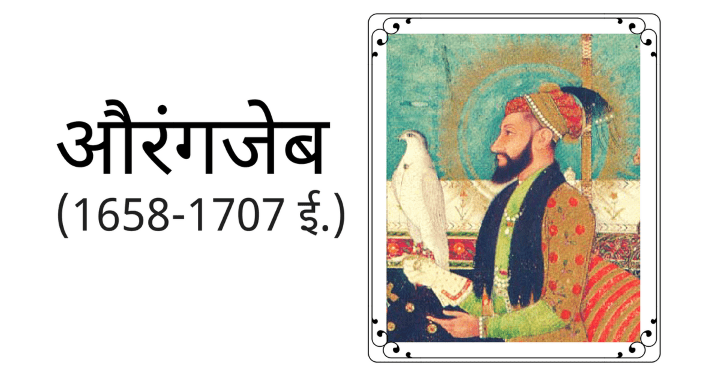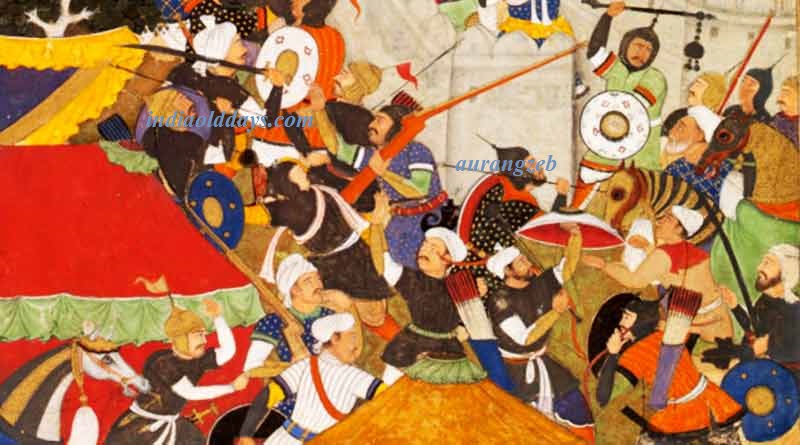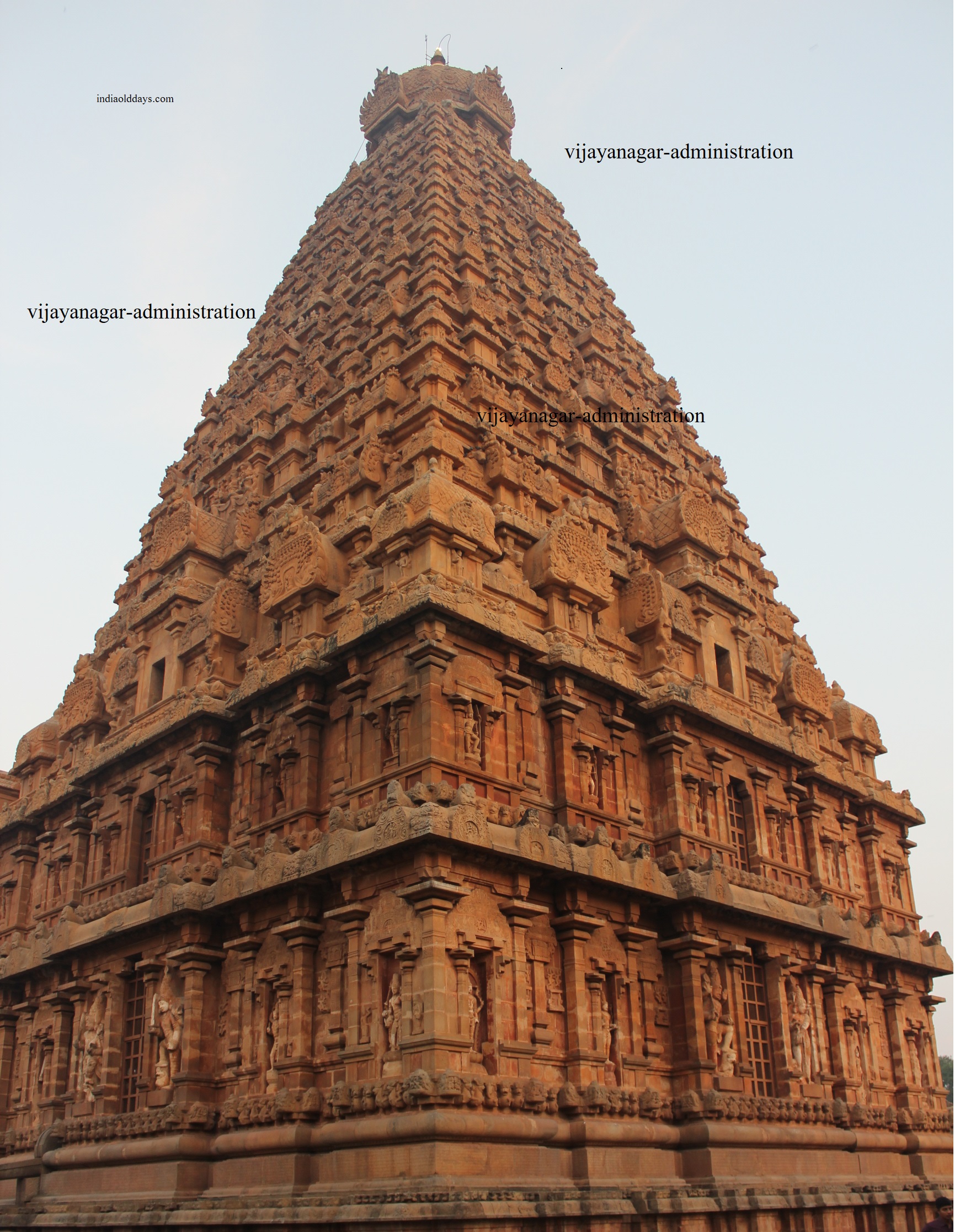What was the sect and the founder of the Sufi community (Chishti sect)
What is Community – Sects that consider different religions or ideologies of the same religion are called sects. The Sect are in the religions like Hindu, Buddhist, Christian, Jain, Islam etc. Under the sect, there is a guru-disciple tradition which reinforces the tradition of the propounded by the guru..
The Sophie community and its founder-

Chishti sect-
According to Syed Muhammad Hafiz ,Chishtee is India’s first ancient Sufi series. Khwaja Muinuddin Chishti came to India with the army of Shihabuddin Ghori in 1192 AD (12 V. Century.) And afterwards he laid the foundations of Chishtee tradition. In India, he adopted many Hindu customs. The nature of the Chishtis was generous. God’s love and human service were among his main principles. Sufisanta used to live like Hindu yogis in this regard. They believed in the traditional rules of monotheism and were against private property.
They believed in Sama. Muinuddin Chishti made his residence in Ajmer. His samadhi is a famous dargah in the name of Khwaja Saheb in Ajmer. After them Khwaja Bakhtiar Kaki was contemporary of Sultan Iltutmish. He had only given Baba Fareed to the chistis in the tradition. Sheikh Fariduddin Ganj-e-Shankar (1175-1265 AD) was one of the followers who were famous as Baba Farid in the Sikh tradition. Due to Baba Farid, Chishtis got popularity in India.
The most significant contribution of Baba Farid is from the compositions which are compiled in Guru Granth Sahib. Baba Farid was the son-in-law of Balban. The most famous of the Chishti saints was Nizamuddin Auliya (1238-1325 AD) And Nasiruddin Chirag-e-Delhi.
These saints were from the lower classes of the people, including Hindus, who were freely mixed. The leading Sufi saint of North India was Sheikh Nizamuddin Auliya. He was a contemporary of Tughlaq Sultan Gayasuddin Tughlaq, who had been ordered to leave Delhi due to being very scared of Auliya’s popularity. Sheikh Nizamuddin Auliya ‘s favorite disciple was Amir Khusro. Khusro sacrificed his life on the second day of the news of his death (Guru) Nizamuddin Auliya.
He was buried at that place. Due to the generous and tolerant attitude of Shaikh Nizamuddin, Sheikh Nizamuddin’s generous and tolerant attitude earned him the popular title of Mehboob-e-Ilahi (lover of God). Salman Muhammad bin Tughlaq (I have no monument on my grave against the will of Auliya Should I be allowed to and rest in the open ground.) His tomb was built in Delhi. Nizamuddin Auliya adopted the method of pranayama of yoga to the extent that he was called Yogi Siddha.
Nasiruddin Chirag-E-Delhi was a miraculous saint who composed Tauhid-e-Wajoodi. With the death of them, the first round of Chishti Silasilon ends. The successor of Chirag-e-Delhi, Syed Muhammad Gesudraj settled permanently in Gulbarga in Karnataka after the establishment of the Bahmani Sultanate. Gesudaraj’s love for the afflicted and the poor, and the protection of human rights earned him the title of Bandanwaj (benevolent to God’s Friendly). Impressed by the Chisti community, the ruler of Bengal Hussein started his famous Satyapeer movement.
Thus Qutubuddin Bakhtiyar was laid by Sheikh Buharuddin Gareeb, who was the chief saint of Chishti sect, Nizamuddin Chirag-e-Delhi, Baba Farid, Buharuddin Gareeb and Gesudraj etc.
The foundation of Chishti Silsila in the south was laid by Sheikh Buhranuddin Gareeb, who was a disciple of Nizamuddin Auliya. He made Daulatabad his permanent residence.
Reference : https://www.indiaolddays.com/





